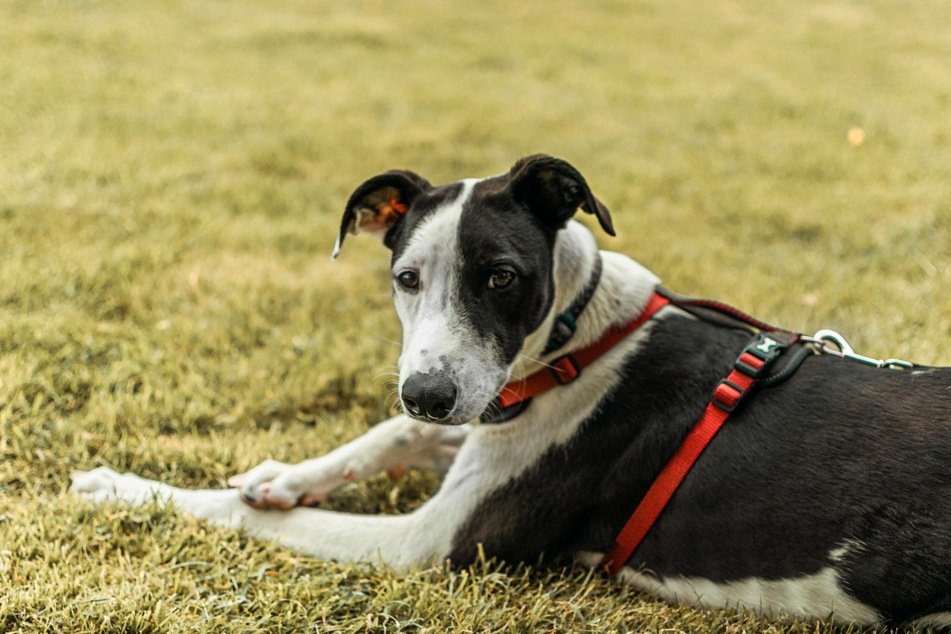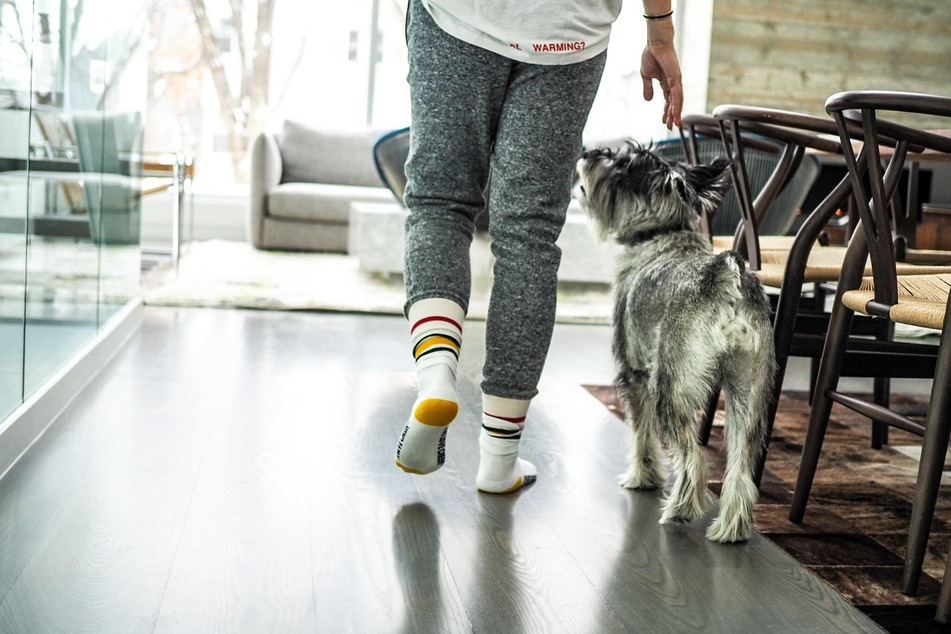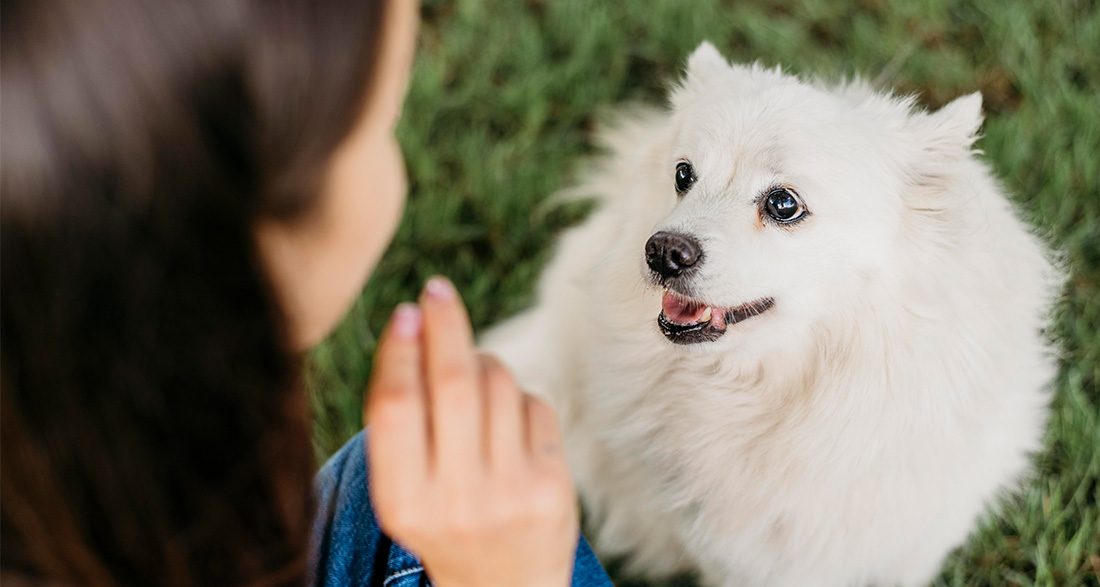Dog ownership can become a real challenge when the beloved four-legged companion does as it pleases and doesn’t respond to commands.
- Dog doesn’t listen: Possible causes of disobedience
- How consistent are you really with your dog?
- How much and when do you talk to your dog during the day?
- How do you talk to your dog if your Dog doesn’t listen?
- Where is your dog’s attention when you give it a command?
- Is your command clear to your dog?
- Is the reward for your dog appropriate and given at the right moment?
- How long and in what situations have you trained with your dog?
Living with a dog can be so much more relaxed if dog owners establish clear rules and train their dogs well.
Regardless of the size, age, and breed of the dog, it is also essential to have some control over the animal to safely navigate potentially dangerous situations for both the animal and the human.
However, successful dog training does not happen overnight. These sensitive and very attentive animals need time to learn commands and behavioral principles. If owners want their dogs to be obedient, they should send clear signals, remain consistent, and be very patient in training their four-legged friends.
Sometimes, despite all efforts, the dog refuses to listen. This dog guide explains the possible reasons for this “misbehavior.”
Dog doesn’t listen: Possible causes of disobedience
When a dog doesn’t listen, it’s usually not because the animal is malicious and intentionally ignoring the owners. If dog owners have issues with the dog’s obedience, they should ask themselves the following questions to identify possible causes.
How consistent are you really with your dog?
Many dog owners know that they need to set the rules and be consistently handling their dogs to gain their trust and train them. However, there are situations where dog owners believe they are making decisions, but in reality, the dog is asserting its will.
In some households, for example, a dog is only allowed to jump on the sofa when the owners give the signal. Suppose the dog is already lying with its head on the sofa, looking cute. In this scenario, many owners would still give the signal for the dog to come up. In this case, it’s not the owners but the dog deciding what happens. The dog learns how to assert its will with the owners.
Also, consider the physical proximity that owners consciously allow with their dogs. When dogs get too close to each other, they snap at each other or signal to keep their distance. Some dogs push themselves onto their owners without them noticing. They may still give the dog some affection or extra attention.
If owners want some peace from the dog, they should always send it away. While dogs need a lot of attention, they must be able to accept their owners’ boundaries.
In dog training, there are no exceptions because dogs don’t understand that it’s an exception and that they shouldn’t exhibit that behavior under different circumstances. Even on days with many visitors, a dog should not unwelcomely impose itself.
The owner’s instruction must be binding for the dog in everyday life and exceptional situations.

How much and when do you talk to your dog during the day?
Owners who talk to their dogs all day long, maybe not always asking for something directly from the dog, will eventually find that the dog ignores them. Dogs can usually not distinguish whether it’s a relevant command or meaningless chatter. In communication with the dog, less frequent and targeted addressing is much more effective, signaling to the dog immediately that something is happening, or it is being asked for something.
Special attention should be given to the use of the dog’s name. Associating a firm command with the name is especially helpful in households with multiple dogs. Associating the name with a negative consequence creates a negative association for the dog. It believes that something bad always happens when it hears its name and will stop responding.
How do you talk to your dog if your Dog doesn’t listen?
The effect of the tone of voice should not be underestimated. Soft, excited, and high-pitched pleas are less effective than a simple, clear, yet friendly acoustic signal. Equally important is using body language and working with the dog through space, such as taking a step toward the dog. If you retreat, it signals submissiveness to the dog.
Excited reactions from the owner will also excite the dog. If it sits calmly on command and is then praised or addressed with a fast and high-pitched voice, it will probably jump up again. When owners convey calmness with their voice and body language, the dog remains calm and relaxes.

Where is your dog’s attention when you give it a command?
All dogs listen, usually more than owners believe. Noises, smells, encounters, and other environmental influences quickly capture the attention of dogs. If the dog is not currently focused on the owner, it will not perceive their signals and commands. Dogs engaged in intense play with their peers are not as receptive to signals as a dog that is directly looking at its owner. Before each command, dog owners should ensure that their dog is also focusing on them and not finding other events more exciting.
This aspect also includes considering how exciting the interaction with the owner is for the dog or how strong the bond is between the animal and the human. If owners do not give their full attention to their dog while playing, walking, or training—perhaps they are on their phone and not engaging with the dog—the dog will eventually only focus on itself. The dog ignores them, not expecting that suddenly something will be demanded of it.
Is your command clear to your dog?
A dog can only execute a command if it understands what is being asked of it. This also applies to correcting undesirable behavior, which should be done immediately. Otherwise, the dog won’t understand the connection between unwanted behavior and consequences.

Is the reward for your dog appropriate and given at the right moment?
One of the principles in dog training is not only to reprimand negative behavior but also to reinforce positive behavior through a reward or something similar. If an action is rewarding for dogs, they will enjoy doing it and repeat it. Owners should be aware of what truly motivates their dog in the current situation.
A treat is not always the appropriate reward. Consider your dog’s personal interests. If it enjoys specific games, has a favorite toy, or prefers a pat, that can be a reward for good behavior.
For example, if the dog is currently playing in a field with other dogs, is called back by the owner, follows the command, and is immediately leashed and taken home, it is not particularly exciting for the dog.
Owners should pay attention to reinforcing active and intrinsically motivated actions by the dog that align with the desired behavior. Through a reward, a dog that ignores the owner during a walk can be reinforced to periodically focus its attention on the owner. In practice, this means calling the dog to oneself and praising it when it actively seeks eye contact with the owner.
How long and in what situations have you trained with your dog?
Dog training is not something done quickly. Both the dog and the owner need time, patience, and many repetitions to become a well-coordinated team. Setbacks and failures are part of dog training. Every dog has its own pace in understanding tasks and regulations.
It may happen that the dog listens perfectly indoors but suddenly does its own thing during a walk. A new situation requires practice because external influences have changed (see Question 5). Some dogs get distracted more easily than others. An important prerequisite for training under distraction and impulse control is that the basics are already solidified in the dog.
As with humans, a dog’s entire life is a constant and ongoing learning process.
Note
Dog schools and specialized trainers can also be supportive in dog training. If one is absolutely sure they are handling the dog correctly, and it still refuses obedience, a visit to the vet might be helpful. Physical injuries or feeding with inferior food are possible causes of concentration difficulties and behavioral issues in dogs.

Dog owners should also consider that each dog has an individual personality with its own needs and interests. Not every training method, game, or reward is suitable for all dogs. Be patient and engage with your dog to understand what it truly needs.


